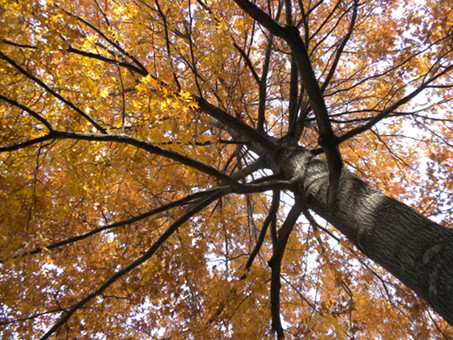Since we have now defined what extinction is, in this chapter we shall look briefly into the ranks of extinction.
Rates of extinction vary widely.
During the last 100,000 years of the Pleistocene Epoch (about 2.6 million to 11,700 years ago), some 40 percent of the existing genera of large mammals in Africa and more than 70 percent in North America, South America, and Australia went extinct.
Ecologists estimate that the present-day extinction rate is 1,000 to 10,000 times the background extinction rate (between one and five species per year) because of deforestation, habitat loss, overhunting, pollution, climate change, and other human activities—the sum total of which will likely result in the loss of between 30 and 50 percent of extant species by the middle of the 21st century.
Although extinction is an ongoing feature of Earth’s flora and fauna (the vast majority of species ever to have lived are extinct), the fossil record reveals five unusually large extinctions, each involving the demise of vast numbers of species. These conspicuous declines in diversity are referred to as mass extinctions; they are distinguished from the majority of extinctions, which occur continually and are referred to as background extinction.
Ranked in descending order of severity, they are:
- Permian extinction (about 265.1 million to about 251.9 million years ago), the most dramatic die-off, eliminating about half of all families, some 95 percent of marine species (nearly wiping out brachiopods and corals), and about 70 percent of land species (including plants, insects, and vertebrates).
- Ordovician-Silurian extinction (about 443.8 million years ago), which included about 25 percent of marine families and 85 percent of marine species, with brachiopods, conodonts, bryozoans, and trilobites suffering greatly.
- Cretaceous-Tertiary (K-T), or Cretaceous-Paleogene (K-Pg), extinction (about 66.0 million years ago), involving about 80 percent of all animal species, including the dinosaurs and many species of plants. Although many scientists contend that this event was caused by one or more large comets or asteroids striking Earth, others maintain that it was caused by climatic changes associated with the substantial volcanic activity of the time.
- End-Triassic extinction (about 201.3 million years ago), possibly caused by rapid climate change or by an asteroid striking Earth. This mass extinction event caused about 20 percent of marine families and some 76 percent of all extant species to die out, possibly within a span of about 10,000 years, thus opening up numerous ecological niches into which the dinosaurs evolved.
- Devonian extinctions (407.6 million to about 358.9 million years ago), which included 15–20 percent of marine families and 70–80 percent of all animal species. Roughly 86 percent of marine brachiopod species perished, along with many corals, conodonts, and trilobites.









